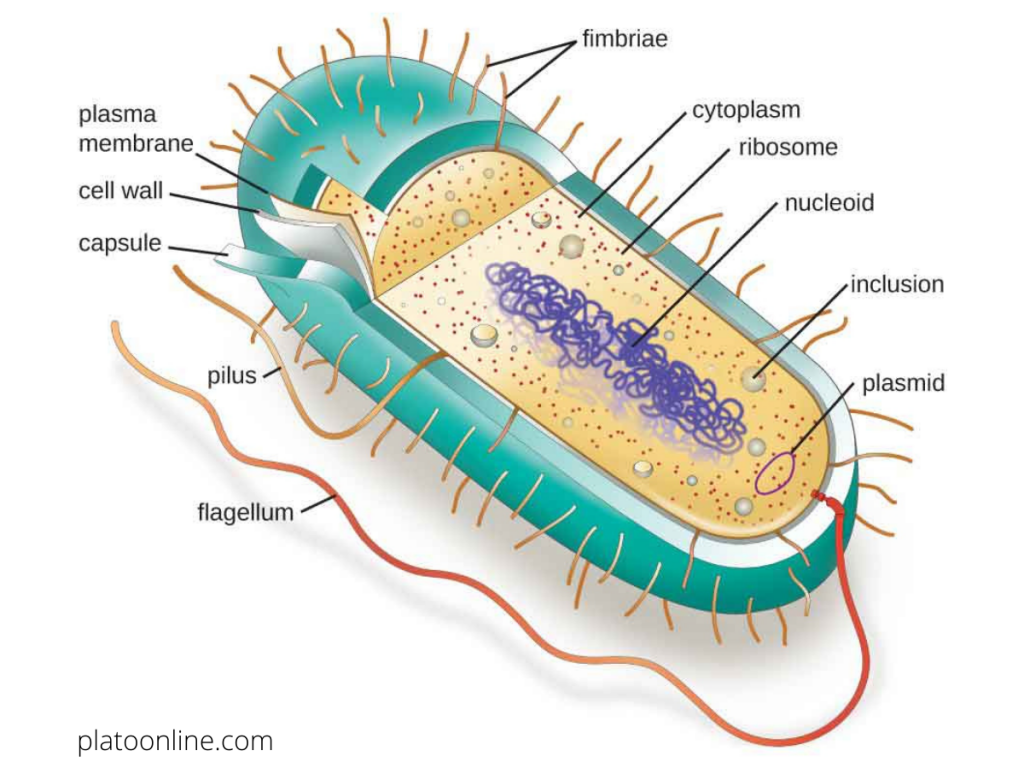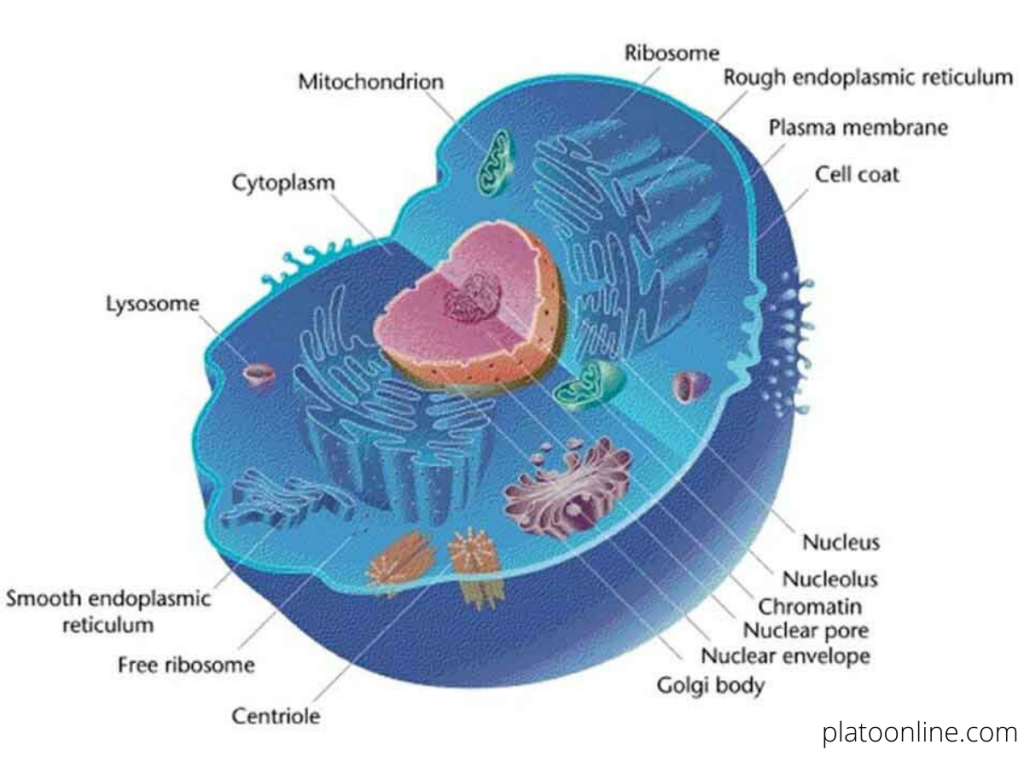We live in an ecosystem that has all sorts of biotic and abiotic components that makes it complete. The Biotic components are the living organisms on this planet. And the Abiotic components comprise the non-living things.
These biotic are living organisms that have one fundamental thing. That fundamental thing is a cell. A living organism is in fact built of hundreds and thousands of cells. Humans come among the living being that has millions of cells. These cells are further divided into two types is Eukaryotic and Prokaryotic cells.
Today, in this article, we are going to learn about the type of cell that is Eukaryotic and Prokaryotic in detail. So that said, let’s get into knowing each type of cell first.
What are Prokaryotic Cells?
If w consider the terminology, in greek, pro means before, and Kayor is generally referred to as the nuclei. So Prokaryote means Before Nuclei in Greek.
If we look at the historic times, w will find that Prokaryotee is what thrived. Using the chemical and sun’s energy, they have lasted through all this time. The structure of a prokaryote is like a capsule. The capsule envelopes the cell. And also protects and acts as a protective coat.
Prokaryotic cells are smaller and simpler in comparison with the Eukaryotic cells. Also, there are no membrane-based organelles in the Prokaryotic cells. And because of this, the reproduction in prokaryotic cells happens through binary fission.

Characteristics of Prokaryotic Cells
The characteristics of Prokaryotic cells are quite distinct from that of Eukaryotic cells. The characteristics of prokaryotic cells are as follows:
- They do not have a nuclear membrane
- They also do not have other components like Mitochondria, Chloroplast, Golgi Bodies. It also does not have lysosomes.
- The Genetic material is there on the single chromosomes.
- Amino acids and carbohydrates are what the cell wall is, in fact, built of.
- For carrying the respiratory enzymes, plasma membranes work as the mitochondrial membrane.
- Binary fission is the form of sexual reproduction.
What are Eukaryotic Cells?
The terminology for Eukaryotic came from greek origin. In the word, Eu means good, and kayor is what refers to Nucleus. So Eukaryotic means good nuclei.
About the eukaryotic cell structure, it consists of a cell wall. The cell wall protects and supports the plasma membrane. The complete cell gets protected by the plasma membrane. The plasma membrane has control over the entry and exit of various substances.
All the genetic info gets stored in the Nucleus in the form of DNA. The eukaryotic cells ha other cell organelles, too, like mitochondria, ribosomes, etc.
All these organelles have various functions that they carry out. Let’s also have a look at the characteristics of Eukaryotic cells.

Characteristics of Eukaryotic Cells
- Eukaryotic cells have, by default nucleus inside the nuclear membrane.
- The Cell ha Mitochondria
- The outermost layer of the cell is what we call the Cell wall.
- These types of cells have a cytoskeletal structure.
- A single linear DNA is there in the Nucleus, that has all the genetic information.
- In a eukaryotic cell, flagella and cilia are the locomotory organelles.
- These cells divide through a process that is what we call Mitosis.
Now that you are abreast with both Eukaryotic and Prokaryotic cells. Let us further understand what the difference between the two is.
Difference between Eukaryotic and Prokaryotic Cells
Both the cell type have distinct differences. Below we are going to list down various aspects in which both the cells are different.
Type
Prokaryotic cells are always known to be unicellular. At the same time, eukaryotes are both unicellular and multicellular.
Size
The size of the prokaryotic cell is between the range of 0.2 nm to 2.0 nm. On the other side, the Eukaryotic cell size range between 10 nm and 100 nm.
Cell Wall
The cell is present in both but in Eukaryotic cells are more simpler than the prokaryotic cells.
DNA
In Prokaryotic cells, the DNA is present in circular form. While in the Eukaryotic cells, DNA is present. But in linear form.
Nucleus
In prokaryotic cells, the Nucleus is not present. Instead, there is a nucleoid region. But Nucleus is present in the Eukaryotic cell.
Cell Division
In the prokaryotic cells, the cell division happens through the binary fission. Whereas in eukaryotic cells, the cell division takes place in the form of Mitosis.
Reproduction
The reproduction in the prokaryotic cell is sexual. But in the eukaryotic cells, reproduction happens in both sexual and asexual ways.
Example
The common example for eukaryotic cells can be bacteria or Archaea. At the same time, the examples for the eukaryotic cells include plants and animal cells.
Final Words
The Prokaryotic and eukaryotic cells are way different from each other. They have their own ways of reproduction. And also, the composition of these cells is very different.
So that’s about the prokaryotic and eukaryotic cells. Hope it helps.

